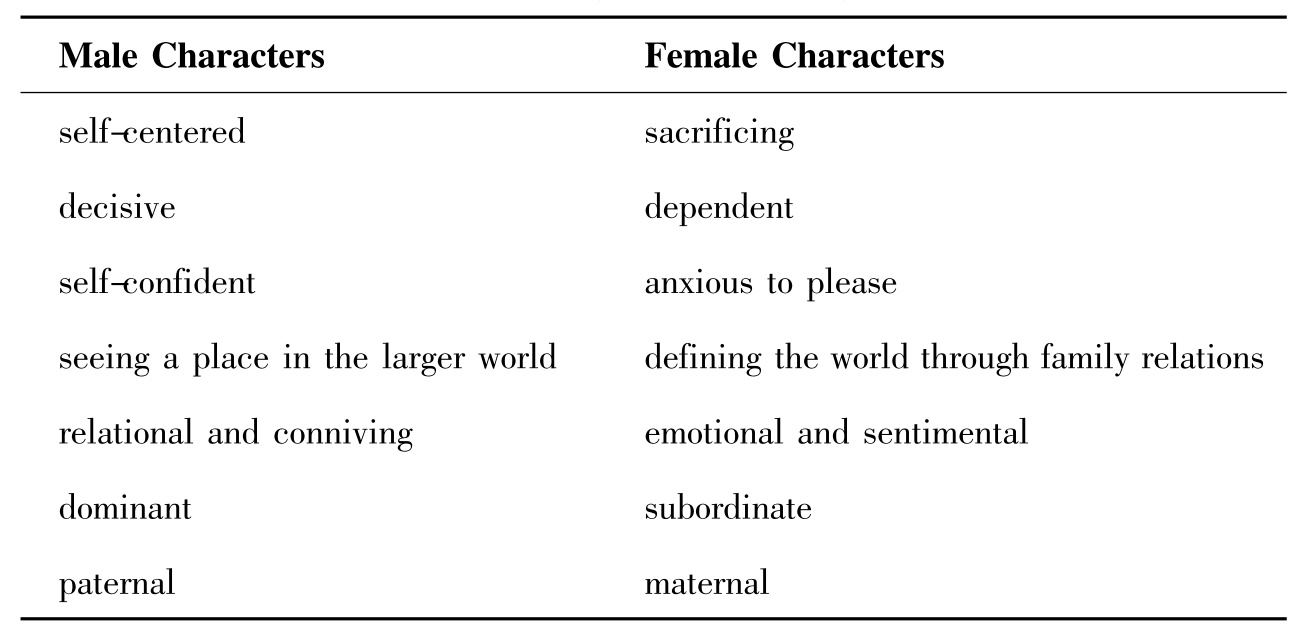-
1.1新视角英语文学与文化系列教材编委会名单
-
1.2总 序
-
1.3前 言
-
1.4目录
-
1.5第一章 基本概念
-
1.5.1第一节 导读:文化的定义和作用
-
1.5.1.1Passage One
-
1.5.1.2Passage Two
-
1.5.2第二节 导读:通俗、大众和高雅文化
-
1.5.2.1Passage
-
1.5.3第三节 导读:文化研究
-
1.5.3.1Passage One
-
1.5.3.2Passage Two
-
1.6第二章 符号和文化
-
1.6.1第一节 导读:表征、对话、话语
-
1.6.1.1Passage
-
1.6.2第二节 导读:读、写、文本
-
1.6.2.1Passage
-
1.6.3第三节 导读:定型模式
-
1.6.3.1Passage One
-
1.6.3.2Passage Two
-
1.7第三章 后殖民主义
-
1.7.1第一节 导读:殖民主义定义
-
1.7.1.1Passage
-
1.7.2第二节 导读:马克思、列宁主义的殖民观
-
1.7.2.1Passage
-
1.7.3第三节 导读:后殖民主义及其批评
-
1.7.3.1Passage One
-
1.7.3.2Passage Two
-
1.8第四章 种族、族性:全球化和身份
-
1.8.1第一节 导读:身份、全球化
-
1.8.1.1Passage One
-
1.8.1.2Passage Two
-
1.8.2第二节 导读:种族和族性
-
1.8.2.1Passage One
-
1.8.2.2Passage Two
-
1.9第五章 性别
-
1.9.1第一节 导读:关于性别的基本概念
-
1.9.1.1Passage One
-
1.9.1.2Passage Two
-
1.9.1.3Passage Three
-
1.9.2第二节 导读:特殊性别身份与同性恋
-
1.9.2.1Passage One
-
1.9.2.2Passage Two
-
1.9.3第三节 导读:女性主义的发展历程
-
1.9.3.1Passage One
-
1.9.3.2Passage Two
-
1.9.4第四节 导读:性别与文化再现
-
1.9.4.1Passage One
-
1.9.4.2Passage Two
-
1.10第六章 现代性和城市空间
-
1.10.1第一节 导读:现代性
-
1.10.1.1Passage One
-
1.10.1.2Passage Two
-
1.10.2第二节 导读:城市空间
-
1.10.2.1Passage One
-
1.10.2.2Passage Two
-
1.10.2.3Passage Three
-
1.11Supplementary Reading Materials
-
1.11.1Unit One Culture
-
1.11.1.1Passage One
-
1.11.1.2Passage Two
-
1.11.2Unit Two Semiotics and Culture
-
1.11.2.1Passage One
-
1.11.2.2Passage Two
-
1.11.2.3Passage Three
-
1.11.3Unit Three Postcolonialism
-
1.11.3.1Passage One
-
1.11.3.2Passage Two
-
1.11.4Unit Four Globalization and Identity
-
1.11.4.1Passage One
-
1.11.4.2Passage Two
-
1.11.4.3Passage Three
-
1.11.5Unit Five Gender
-
1.11.5.1Passage One
-
1.11.5.2Passage Two
-
1.11.6Unit Six Modernity and Urban Space
-
1.11.6.1Passage One
-
1.11.6.2Passage Two
-
1.12Bibliography
1
当代西方文化学入门
